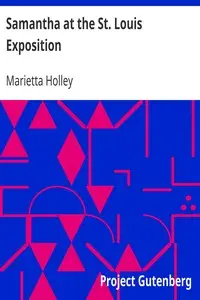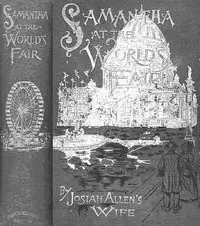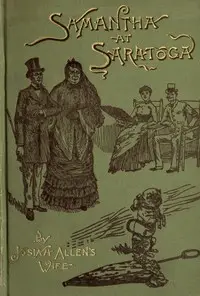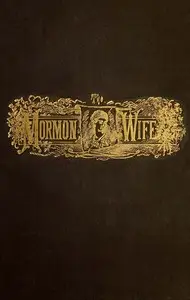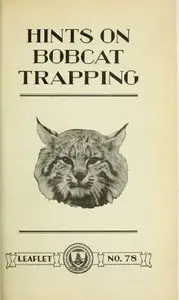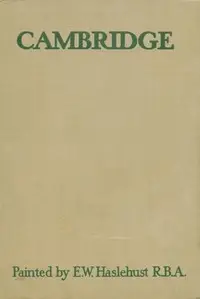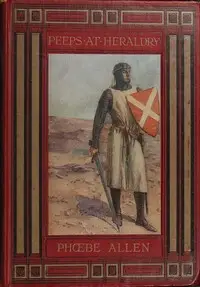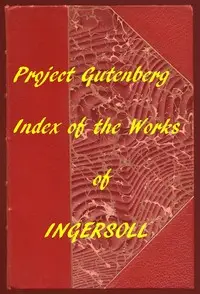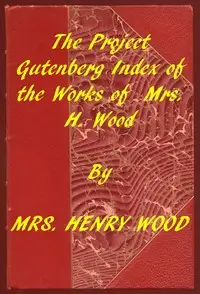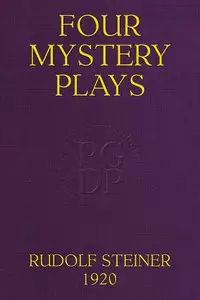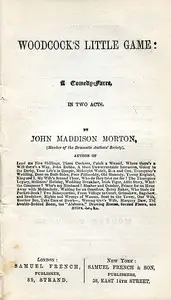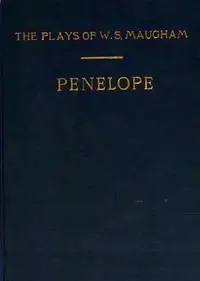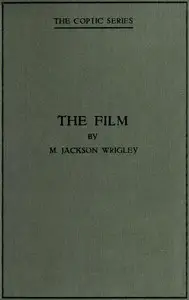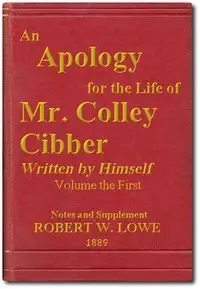"Betsey Bobbett: A Drama" by Marietta Holley is a comedic play likely written in the late 19th century. This work reflects the social dynamics and gender expectations of the time, woven together through the experiences of its characters. The central topic revolves around marriage, individuality, and the role of women in society, particularly through the lens of Betsey Bobbett, an older unmarried woman torn between her romantic aspirations and societal pressures. In the story, Betsey Bobbett dreams of marriage and wades through the complicated dynamics of her small community, which includes characters like her brother Shakespeare Bobbett, the bumbling widower Simon Slimpsey, and various townspeople who either support or deride her views on love and relationship. The drama unfolds through comedic interactions at domestic settings, quire meetings, and conversations that highlight Betsey's struggle for self-identity amidst the societal expectation to marry. As Betsey navigates her hopes and the dismal realities of her love life, the narrative ultimately critiques the very institution of marriage while painting a humorous yet poignant picture of late 19th-century life. The blending of humor with serious themes offers a unique perspective on love, societal roles, and the human condition. (This is an automatically generated summary.)
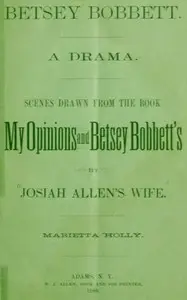
Betsey Bobbett: A Drama
By Marietta Holley
"Scenes drawn from the book My Opinions and Betsey Bobbett's." See Project Gutenberg ebook #55594.
Marietta Holley, was an American humorist who used satire to comment on U.S. society and politics. Holley enjoyed a prolific writing career and was a bestselling author in the late 19th century, though she was largely forgotten by the time of her death. Her writing was frequently compared to that of Mark Twain and Edgar Nye. Along with Frances Miriam Whitcher and Ann S. Stephens, Holley is regarded as one of America's most significant early female humorists. Her work appealed to all classes of society. Her readers were scattered over the entire world, and included men and women of every station and grade. Her books were widely read in Europe.


